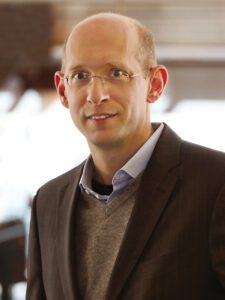 http://s.uconn.edu/meseminar04.29.22
http://s.uconn.edu/meseminar04.29.22
Abstract: Implantable Brain Computer Interfaces appear to be heading towards an inflection point: in the past decade the number and frequency of major technological advances and first in human demonstrations of new capabilities has started increasing significantly. The first generations of commercially available products appear to be imminent. They have the potential to become tangible tools to restore lost function and are serious contenders to address a variety of neurological disorders. The real life settings associated with in home use of these technologies lead to reprioritization of existing as well as the emergence of novel practical and fundamental challenges and opportunities. How do we identify and prioritize user, clinician and caretaker needs? What is possible today and what is a realistic technological roadmap that meets those needs. What should public and private investments be focused on?
Biographical Sketch: Dr. Solzbacher is Professor and Chair of the Department of Electrical and Computer Engineering. He also holds adjunct appointments as Professor in Materials Science and Professor of Biomedical Engineering at the University of Utah. He is a fellow of the American Institute for Medical and Biological Engineers AIMBE and a Fellow of the Institute of Electrical and Electronics Engineers IEEE. He is Co-Founder, President and Executive Chairman of Blackrock Microsystems/Neurotech. His research focuses on harsh environment microsystems and materials, including implantable, wireless microsystems for biomedical and healthcare applications, and on high temperature and harsh environment compatible micro sensors. He is co-founder of several companies and member of a number of company and public private partnership advisory and reviewer boards and conference steering committees in Europe and the US. He is author of over 190 journal and conference publications, 5 book chapters and 16 pending patents.